Trees are a wonderful part of any landscape. They provide shade, improve air quality, enhance curb appeal, and even raise property value. However, not all trees are friendly neighbors to your home—especially those with invasive or aggressive root systems. When planted too close, these trees can cause serious damage to your foundation, plumbing, driveway, and sidewalks.
The truth is: tree roots don’t need to break concrete to cause damage. Simply by altering the moisture and stability of the soil, or infiltrating small cracks, roots can compromise the structural integrity of your home over time.
In this guide, we’ll walk you through 10 trees with roots that can damage your home’s foundation, explain why they’re risky, and offer suggestions for safe landscaping practices.
How Tree Roots Affect Foundations
Before we dive into specific species, it’s helpful to understand how roots interact with your home:
- Soil Displacement: Roots expand as they grow, displacing soil and pushing against structures like patios, walkways, and foundations.
- Moisture Extraction: Tree roots absorb water from the soil, which can cause the ground to shrink or shift, leading to foundation settling or cracks.
- Structural Pressure: In poorly built or shallow foundations, thick root systems can exert upward or lateral pressure.
- Crack Infiltration: Roots are opportunistic. They follow water and air, and can grow into existing cracks in foundations or sewer lines, making them worse.
10 Trees Known for Damaging Roots
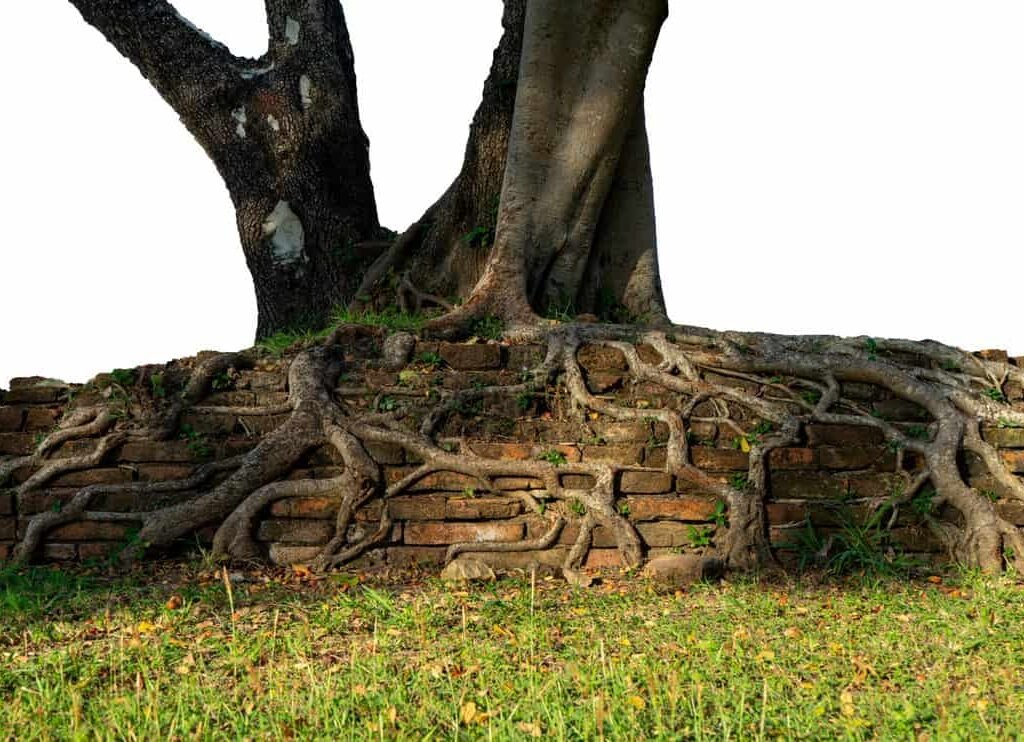
Here are 10 common trees with root systems that are known to be problematic if planted too close to buildings:
1. Silver Maple (Acer saccharinum)
Why it’s risky:
This fast-growing shade tree is a favorite for quick landscaping—but comes with a major downside. Silver maples have extremely aggressive, shallow roots that seek moisture relentlessly. They are infamous for invading foundations, septic systems, and drainpipes.
Safe planting distance: 50 feet or more from structures.
2. Willow Tree (Salix species)
Why it’s risky:
Whether weeping willow or black willow, this tree family is notorious for its massive, thirsty root systems. Willows naturally grow along rivers and wetlands, so their roots are excellent at tracking down water—sometimes beneath your home.
Safe planting distance: 75 feet minimum.
3. American Elm (Ulmus americana)
Why it’s risky:
These classic street trees once lined neighborhoods across the U.S. Their roots grow horizontally and can travel well beyond the canopy. They’re known to cause sidewalk upheaval and may draw moisture from under foundations.
Safe planting distance: At least 40–50 feet from buildings.
4. Eucalyptus Tree (Eucalyptus species)
Why it’s risky:
Eucalyptus trees are fast growers with deep, widespread root systems. While they provide nice shade and fragrance, they are notorious for root damage. In urban areas, they often crack driveways, foundations, and sewer lines.
Safe planting distance: Minimum 60–70 feet.
5. Sycamore (Platanus occidentalis)
Why it’s risky:
Sycamores are majestic and hardy—but their size comes with large root systems that displace soil and increase the risk of shifting or cracking foundations. Their roots can extend up to 100 feet.
Safe planting distance: 50+ feet away.
6. Cottonwood (Populus deltoides)
Why it’s risky:
Cottonwoods are part of the poplar family, all of which have aggressive, fast-growing root systems. These roots grow near the surface, making them likely to interfere with driveways, patios, and even pipes.
Safe planting distance: 75 feet minimum.
7. Bradford Pear (Pyrus calleryana)
Why it’s risky:
Bradford pears were once planted everywhere due to their symmetrical shape and spring blossoms. But they have shallow roots and weak wood, making them prone to breakage and root intrusion near homes.
Safe planting distance: 25–30 feet.
8. Poplar Tree (Populus species)
Why it’s risky:
Poplars are among the most aggressive trees in terms of root spread. Their roots will head straight for water lines, foundations, and drainage systems—leading to major underground damage.
Safe planting distance: 60–75 feet or more.
9. Tree of Heaven (Ailanthus altissima)
Why it’s risky:
This invasive species spreads rapidly via underground suckers. It can grow in almost any soil and destroys foundations, sidewalks, and underground utilities as it expands.
Safe planting distance: Avoid entirely near homes.
10. Black Locust (Robinia pseudoacacia)
Why it’s risky:
The black locust is a hardy tree with a widespread root system. It produces suckers that can sprout up far from the main trunk. Left unchecked, it can compromise foundation integrity and overwhelm other plants.
Safe planting distance: 40–50 feet.
Signs That Roots Are Damaging Your Foundation
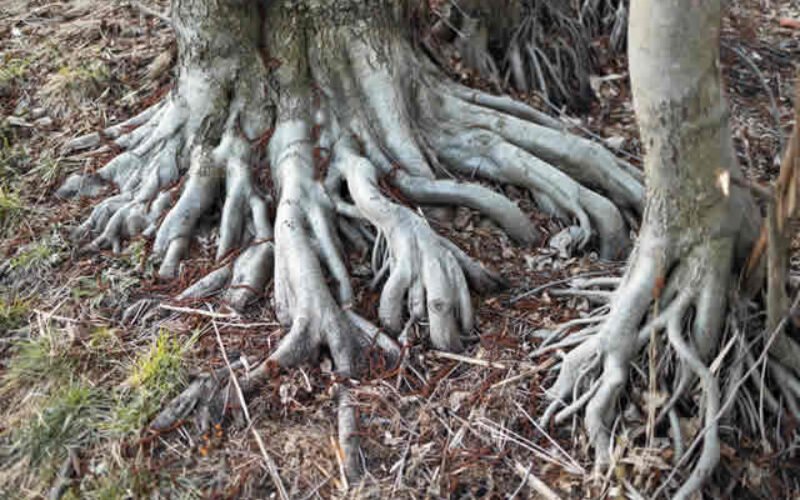
Not sure if nearby trees are causing trouble? Look for these common warning signs:
- Cracks in walls or ceilings
- Uneven floors or sticking doors
- Cracked or raised driveways and patios
- Visible tree roots close to your foundation
- New leaks or moisture in your basement
If you’re seeing any of these symptoms, it may be time to call both an arborist and a foundation specialist for an inspection.
Smart Landscaping: Avoiding Root-Related Damage
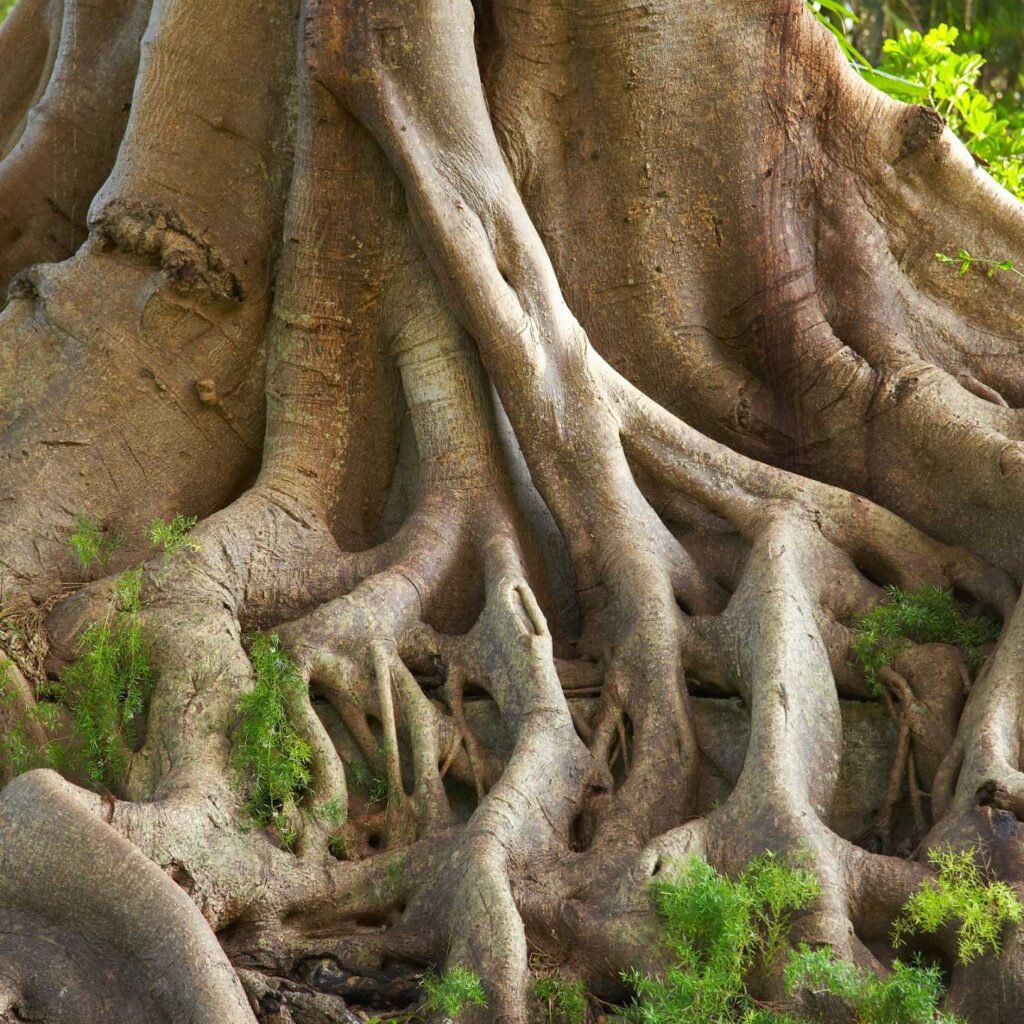
To protect your home while still enjoying the beauty of trees, follow these best practices:
Choose the Right Species
Opt for trees with non-invasive root systems, such as:
- Japanese Maple (Acer palmatum)
- Eastern Redbud (Cercis canadensis)
- Serviceberry (Amelanchier)
- Dogwood (Cornus)
- Crape Myrtle (Lagerstroemia)
These tend to grow more slowly and have smaller, less aggressive root systems.
Plant at Safe Distances
Here’s a general guide based on tree size:
- Small trees (under 30 ft) – Plant at least 10 ft from structures
- Medium trees (30–70 ft) – Plant 15–30 ft away
- Large trees (70+ ft) – Plant 40–70 ft away
Always consider mature size, not the size at planting time.
Install Root Barriers
For trees that must be planted closer, consider installing root barriers—plastic or metal sheets that direct root growth downward and away from foundations.
Regular Maintenance
Annual pruning and root inspections can keep trees healthy and prevent unexpected issues. Avoid excessive watering or fertilizing near the foundation, as this can encourage root expansion.
What to Do If You Already Have a Problem Tree
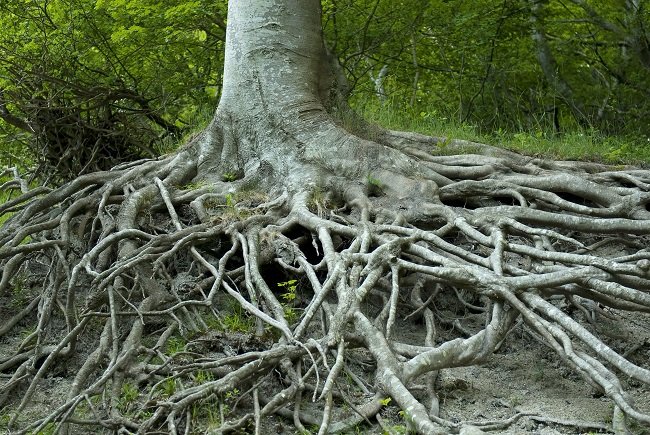
If you suspect a nearby tree is putting your home at risk:
- Consult a Certified Arborist – They can evaluate the species, root growth, and overall health.
- Have a Foundation Specialist Inspect Your Home – They can detect early damage or shifting that you may not see.
- Consider Removal or Relocation – In some cases, the tree may need to be removed. This should be done by professionals to avoid property damage or injury.
- Repair and Prevent – If damage has occurred, fix it quickly to prevent it from worsening, and take steps to prevent further root intrusion.
Cost of Ignoring the Problem
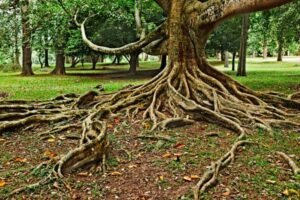
Delaying action on root-related issues can lead to expensive repairs:
- Foundation repair: $5,000–$30,000
- Sewer line replacement: $3,000–$10,000
- Tree removal (especially near structures): $500–$3,000+
Proactive landscaping and inspection can save thousands in the long run.
Final Thoughts
Trees can be one of your property’s greatest assets—or one of its biggest threats. Knowing which species to avoid near your home is key to protecting your foundation, plumbing, and peace of mind.
Before planting any tree, do your research on root behavior and mature size. And if you already have large trees near your house, consider consulting an arborist to evaluate their impact. A little planning goes a long way in keeping both your home and your trees safe and thriving.
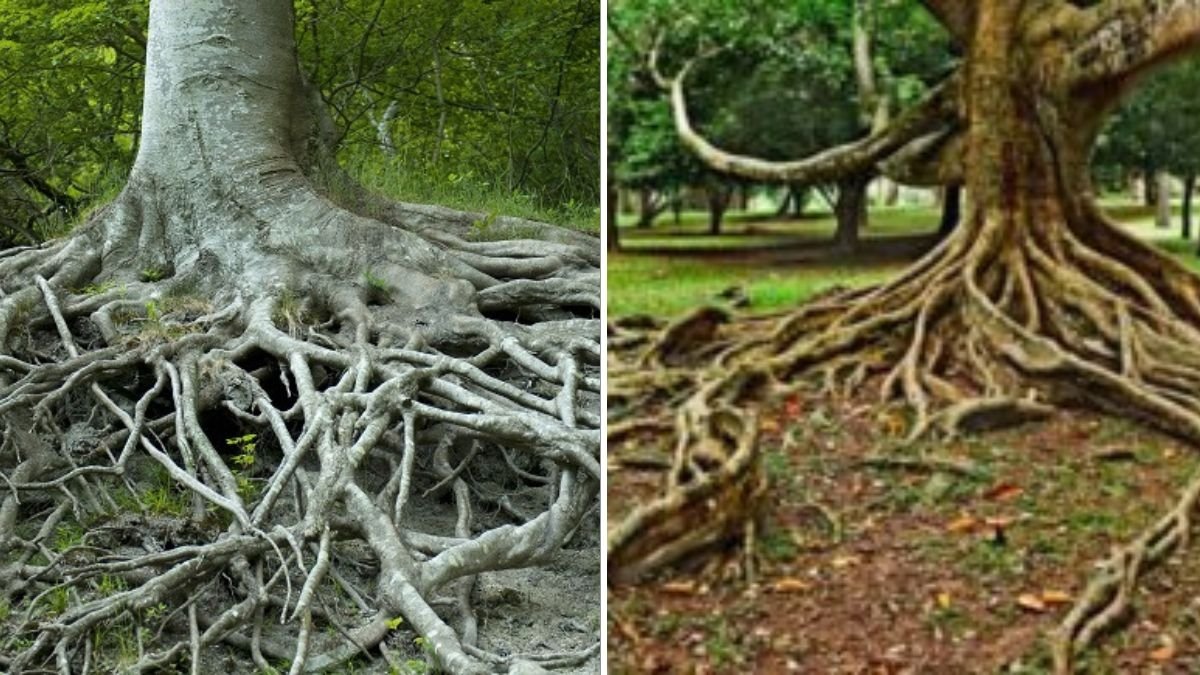
Leave A Comment